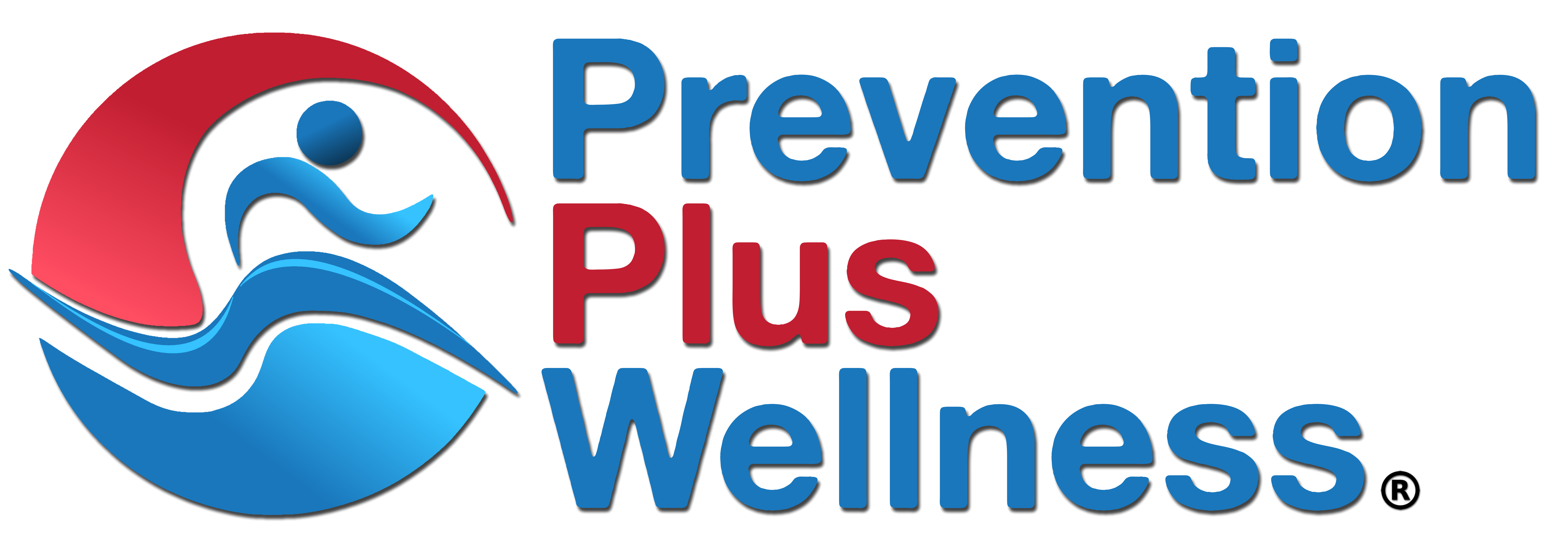The following resources were selected for professionals and parents who want to promote physically active, healthy and drug-free youth and young adults.
They were chosen to enhance the use of the evidence-based and evidence-informed Prevention Plus Wellness (PPW) programs and materials, by providing additional wellness-related content and activities for young people in schools, colleges, communities and homes.
Resources were selected that increase awareness of key healthy lifestyle concepts, and how to motivate youths and young adults to develop healthy and fit lifestyles and positive self-identities.
Regular physical activity and healthy behaviors not only improve the physical and mental health and success of youth and young adults directly, but can also protect against, and serve as positive alternatives to, using harmful alcohol, tobacco, marijuana and other illicit drugs.
Care was taken when selecting resources from reliable sources that provide accurate information, and science or practice-based suggestions for action aimed at promoting the wellness of young people.
The following list focuses on resources for promoting physical activity among young people. Future articles will address other health and personal development behavior topics.
Physical Activity Resources
- 5 Ways to Help Unfit Teens Get Moving (WebMD): https://www.webmd.com/parenting/raising-fit-kids/move/get-teens-moving#1
- 11 Ways to Encourage Your Child to be Physically Active (HealthyChildren.org): https://www.healthychildren.org/English/healthy-living/fitness/Pages/Encouraging-Your-Child-to-be-Physically-Active.aspx
- Approaches to Physical Activity in the Schools (National Academies Press): https://www.nap.edu/read/18314/chapter/8
- Best Practices for Physical Activity: A Guide to Help Children Grow Up Healthy (Nemours Health & Prevention Services): https://www.nemours.org/content/dam/nemours/www/filebox/service/preventive/nhps/paguidelines.pdf
- Brain Breaks, Instant Recess and Energizers (Action for Healthy Kids): http://www.actionforhealthykids.org/tools-for-schools/1252-brain-breaks-instant-recess-and-energizers
- Motivating School-Aged Kids to be Active (KidsHealth): http://kidshealth.org/en/parents/schoolage-active.html
- Physical Activity and Health: A Report of the Surgeon General: Adolescents and Young Adults (CDC): https://www.cdc.gov/nccdphp/sgr/adoles.htm
- Physical Activity in Children and Adolescents (ACSM): http://www.acsm.org/docs/default-source/brochures/physical-activity-in-children-and-adolescents.pdf
- Physical Activity Facts (CDC): https://www.cdc.gov/healthyschools/physicalactivity/facts.htm
- Physical Activity Guidelines (Health.gov): https://health.gov/paguidelines/
- Physical Activity for Older Children and Teenagers (Raising Children Network): http://raisingchildren.net.au/articles/physical_activity.html
- Promoting Physical Active as a Way of Life (HealthyChildren.org): https://www.healthychildren.org/English/ages-stages/gradeschool/fitness/Pages/Promoting-Physical-Activity-as-a-Way-of-Life.aspx
- Secondary Classroom Physical Activities (Alliance for a Healthier Generation): https://www.healthiergeneration.org/_asset/590hh0/10-1819_SecondaryClassroomPA.pdf
- Youth Physical Activity Guidelines Toolkit (CDC): https://www.cdc.gov/healthyschools/physicalactivity/guidelines.htm
Please like and share this great content with others in your region and state.
Thank you!

